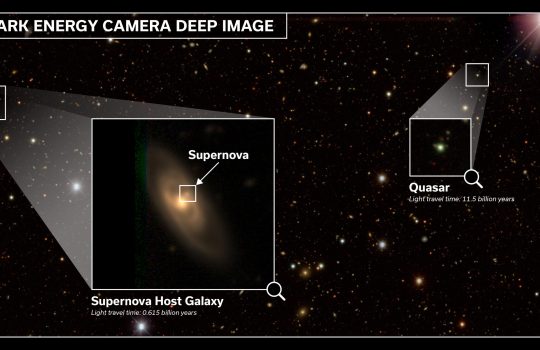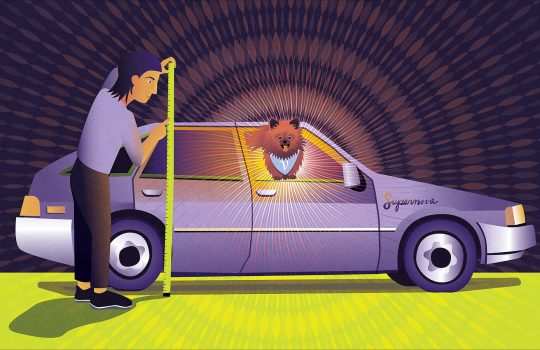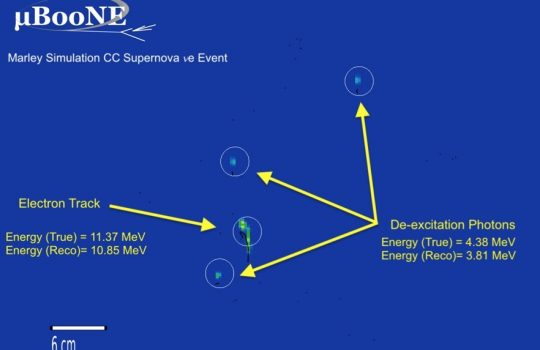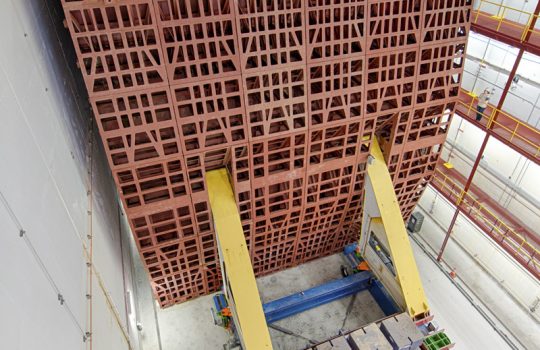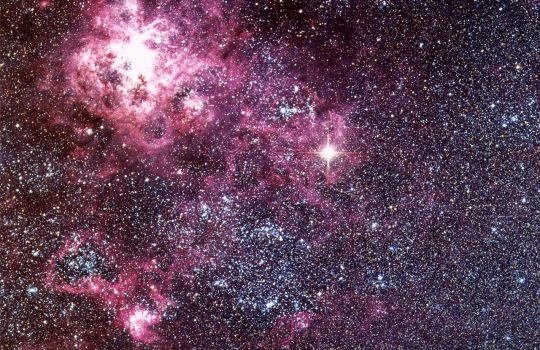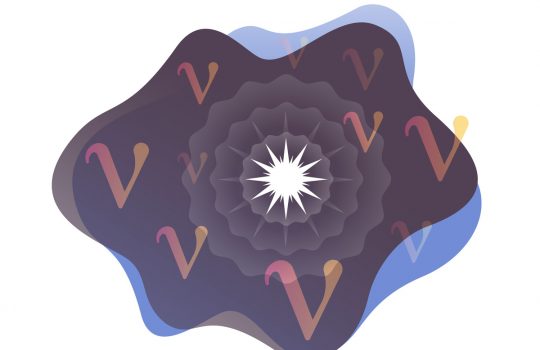Dark Energy Survey publishes definitive results from largest, deepest, most uniform supernova sample
From NIOR Lab, Jan. 8, 2024
The culmination of 25 years of research by astrophysicists of the Dark Energy Survey team has concluded that the Universe is expanding at an accelerating rate. The Dark Energy Survey observed almost two million distant galaxies using the Dark Energy Camera built and tested by Fermilab
making this the largest, deepest supernova sample ever obtained from a single telescope.

